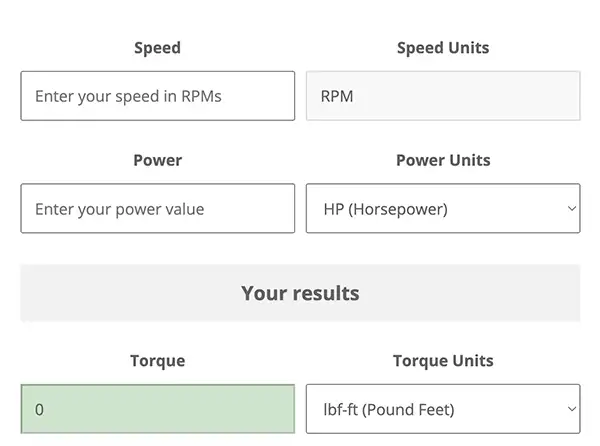Comparisons
AC Motors vs DC Motors
Electric motors drive industrial machinery and an array of devices throughout the world. The two main sources of power, alternating current (AC) and direct current (DC), are complemented by two types of electric motors that differ in operation and application. Engineers, technicians, and operators must understand the key differences between AC and DC motors to...
Read the full article »
Read the full article »
Custom Motors vs. Standard Motors
This article was featured in Design World Magazine and Designworldonline.com Machine builders have a lot to consider when designing solutions for a specific application. One key consideration is to determine whether it is better to design around a standard, off-the-shelf motor, or to design a custom motor that precisely matches the application requirements. Some...
Read the full article »
Read the full article »
What’s the Difference Between a Brushless and a Brushed Motor?
Brushless and brushed motors essentially perform the same function. They convert electric current into rotational motion. While brushed motors have been available for over 100 years, brushless motors began in the 1960s when solid-state electronics made their design possible. It was not until the 1980s that brushless motors became more commonplace in tools and electronics....
Read the full article »
Read the full article »
UL vs. UR Mark
UL Listed and UL Recognized markings are not the same. UL Listed indicates that the product meets industry and safety standards and has passed UL’s full battery of tests for the product’s intended use. Products that are certified to safety-related standards were evaluated against reasonably foreseeable safety-related hazards including fire, electrical shock, and mechanical issues. Typically, a...
Read the full article »
Read the full article »
 Request a Quote
Request a Quote
